
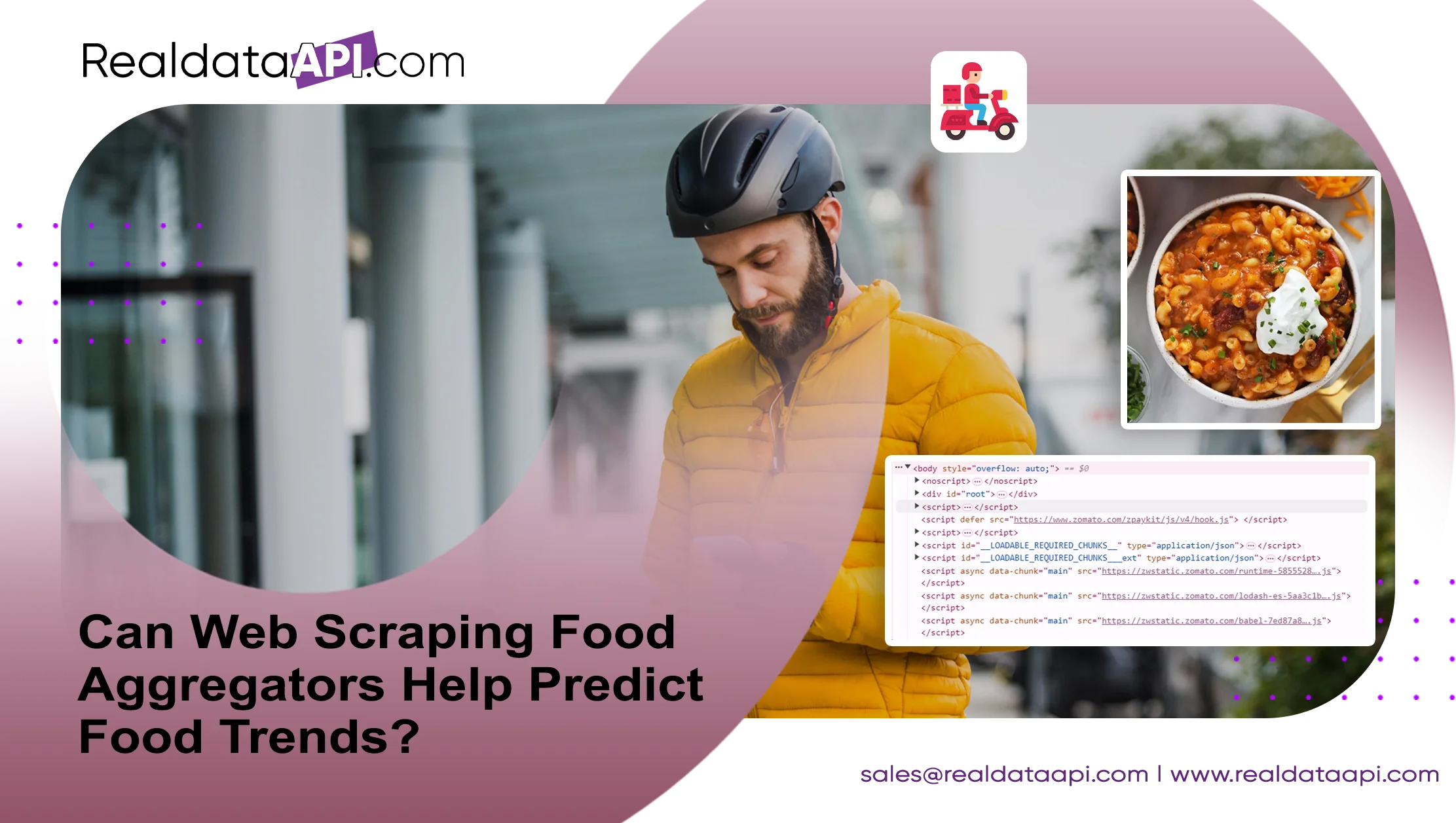
Introduction
In today's digital world, data has become a critical tool for businesses, especially in industries like food delivery and restaurant services. As online food delivery platforms and aggregators grow rapidly, the volume of data companies sit upon may give away very important insights into consumer behavior, the popularity of certain products, and even emerging food trends. Restaurant data scraping for Enhance food intelligence strategies has become a strong way of collecting such data, which gives businesses a deeper view into menu trends, pricing strategies, and customer preferences. This helps companies unlock critical insights that drive smarter, sharper business decisions through web scraping of food aggregators.
This blog will explore how Restaurant and Menu Data Scraping can help predict food trends, the value of data from food delivery platforms, and real-world applications for restaurants, food businesses, and market researchers. We will also discuss how tools like restaurant API scraping and menu data scraping can enhance predictive analytics.
Understanding Web Scraping Food Aggregators
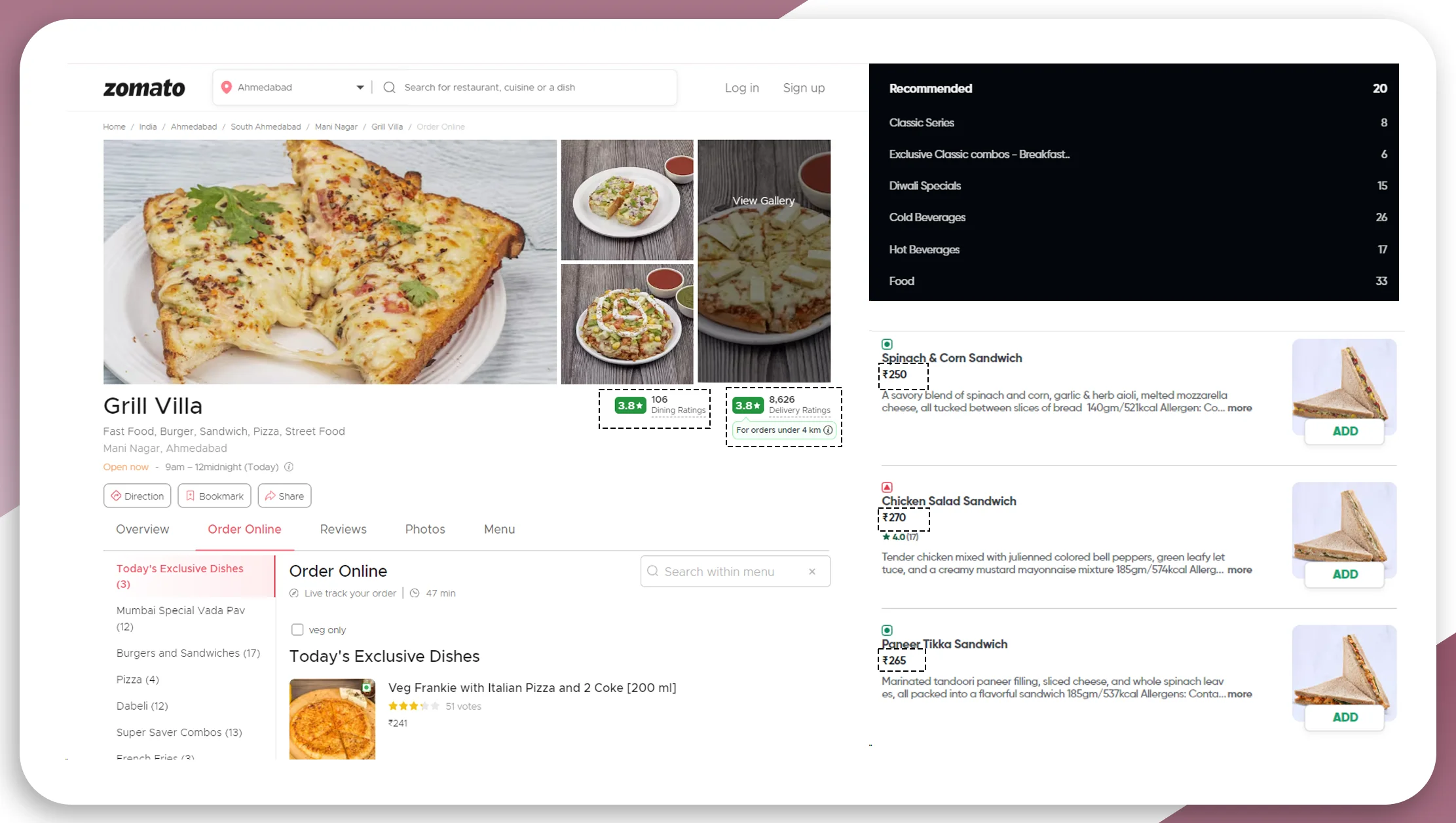
Food aggregators like Uber Eats, Zomato, and Talabat have transformed how consumers interact with restaurants. These platforms allow users to browse restaurant listings, view menus, place orders, and leave reviews. Each action generates valuable data that can be leveraged by businesses to understand patterns in consumer preferences and market dynamics.
Web scraping food delivery data is defined as an automated process through which the extraction of data happens from different food delivery websites. Restaurant listing scraping, menu extraction, food item details scraping, even price data scraping of restaurants- all can be performed with data extraction. Such aggregated and analyzed data can yield a holistic view of current trends in the food industry and predict future development.
How Web Scraping Predicts Food Trends
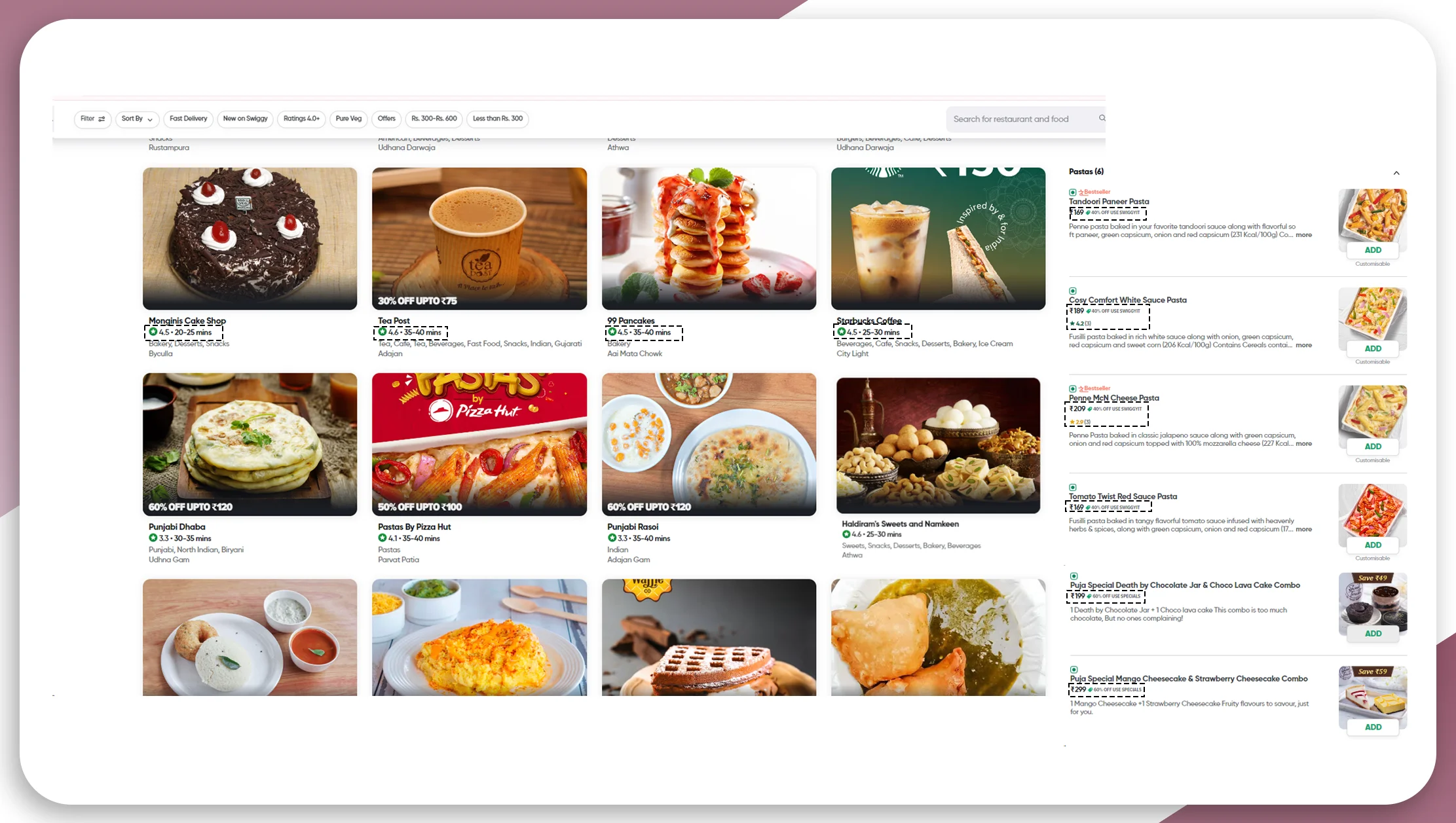
1. Analyzing Popular Menu Items
By scraping data from food aggregators, businesses can analyze the popularity of different menu items. Platforms like Uber Eats and Zomato often display metrics such as the most-ordered dishes or items marked as “popular” by users. By tracking these metrics across multiple restaurants and regions, companies can identify the types of food gaining traction among consumers.
For example, if you notice that plant-based dishes are frequently appearing in the top listings of various restaurants, it could indicate an upward trend in vegan or vegetarian dining. Similarly, tracking how often specific cuisines (like Mexican or Korean) are ordered can give insights into shifting cultural food preferences.
2. Tracking Seasonal and Local Trends
Food consumption is often seasonal, with some dishes spiking in popularity during certain times of the year. By scraping food delivery platforms over time, businesses can monitor these fluctuations. For example, ice cream orders might increase during summer, while pumpkin-flavored items surge in fall.
Food aggregator data collection also helps identify local trends. Certain dishes might be popular in specific cities or regions but not elsewhere. Scraping this location-specific data allows companies to tailor their offerings according to regional preferences and capitalize on local trends.
Example: In 2023, a national restaurant chain noticed through menu data scraping that vegan meals were highly popular in Los Angeles but not in other cities. By adapting its local menu offerings, the chain saw a 20% increase in sales in that region.
3. Real-Time Price Monitoring
Price plays a significant role in food trends. Consumers are likely to gravitate toward affordable options, and tracking changes in menu pricing can reveal shifts in consumer behavior. For example, a sudden drop in the price of seafood dishes might indicate a growing supply, which can result in increased orders and the rise of seafood-related trends.
Price data scraping from restaurant menus allows businesses to monitor competitors' pricing strategies and adjust their own offerings accordingly. Price fluctuations can also help predict future consumer trends, such as rising interest in budget-friendly meals during economic downturns.
4. Understanding Consumer Preferences through Reviews
Food aggregators often feature customer reviews and ratings for restaurants and dishes. Scraping these reviews offers invaluable insights into consumer preferences, not only for individual dishes but also for broader trends. Text mining and sentiment analysis of reviews can reveal whether consumers are inclined toward healthier options, new cuisines, or unique dining experiences.
Example: A restaurant chain used restaurant details scraping and analyzed review data across multiple cities. They discovered that customers in urban areas preferred low-calorie and organic meals. This insight allowed them to revamp their menu and improve their review scores in those locations.
Tools for Web Scraping Food Aggregators
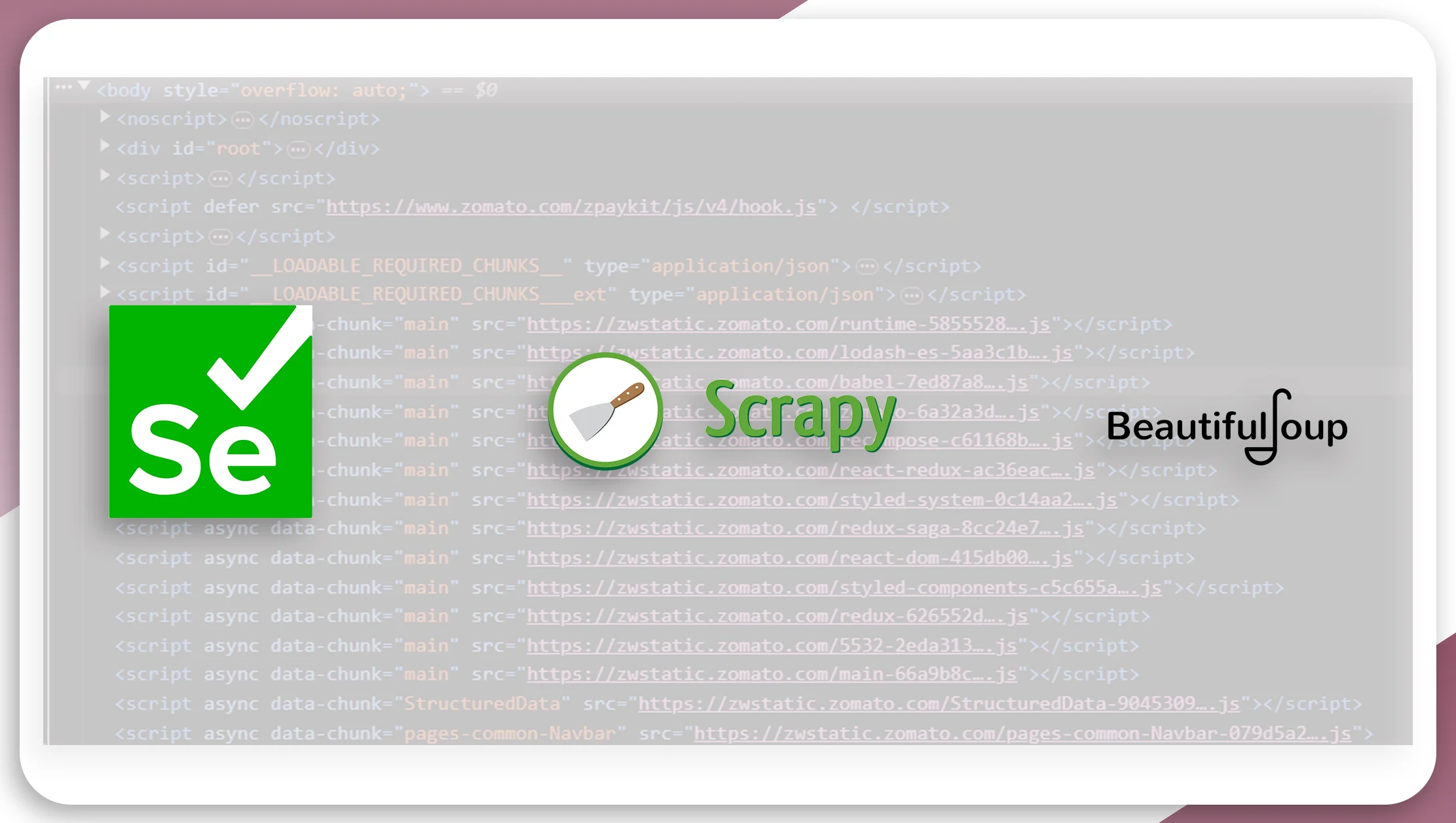
1. Restaurant API Scraping
Most of the major food delivery platforms provide APIs that allow programmatic access to restaurant and menu data. By availing Food Delivery Data Scraping API and restaurant API scraping, businesses can pull large sets of data on menu items, pricing, customer reviews, and many more. This approach finds extensive application in gathering the most recent data without relying on manually web scraping HTML pages.
Key Features:
Restaurant listings API scraping for gathering restaurant information like names, locations, and cuisine types.
Menu data scraping APIs for retrieving real-time menu items, descriptions, and prices.
Food item details scraping for obtaining more granular data on ingredients and dietary information.
2. Food Delivery Data Scraping
For platforms that don’t offer robust APIs, traditional web scraping tools like BeautifulSoup, Scrapy, or Selenium can be used to extract data directly from the website. Data extraction from food platforms using these tools helps businesses gather information on restaurant listings, menu items, promotions, delivery fees, and customer ratings.
3. Menu Extraction for Custom Insights
Menu extraction is a specific technique that involves scraping food aggregators to collect detailed information on dishes, ingredients, and pricing. This data is invaluable for restaurant chains or food manufacturers who want to analyze product offerings across the competition.
By leveraging menu extraction, businesses can:
Monitor how competitors update their menus over time.
Identify pricing trends for specific food categories (e.g., appetizers, main courses).
Understand how dietary preferences (e.g., gluten-free, keto) are evolving.
Benefits of Using Web Scraping for Food Trends
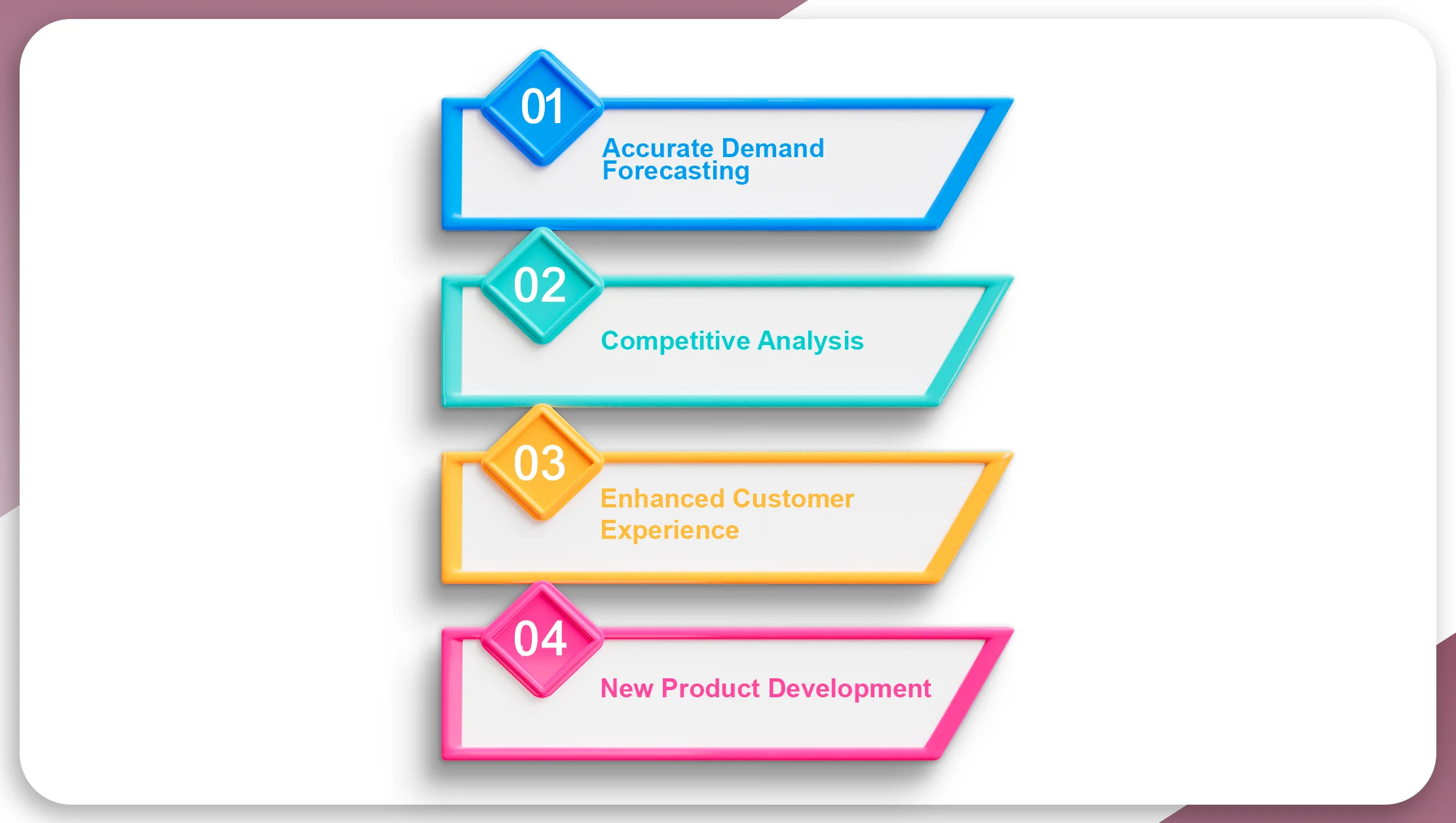
1. Accurate Demand Forecasting
By analyzing large datasets from food delivery platforms, businesses can more accurately predict consumer demand. This helps in inventory management, allowing restaurants or food suppliers to stock popular items while avoiding excess of products that are not trending.
Example: A meal kit company used restaurant and menu database scraping to predict an upcoming spike in demand for Mediterranean cuisine. By adjusting their meal offerings, they increased customer retention by 15%.
2. Competitive Analysis
Scraping competitor data from food delivery platforms allows businesses to monitor trends in real-time. By analyzing what competitors are offering, restaurants can identify gaps in the market or areas for innovation. It also provides an opportunity to adjust pricing strategies and improve offerings based on what’s working for other businesses.
3. Enhanced Customer Experience
Through restaurant listings scraping and menu extraction, food businesses can optimize their own platforms to offer a better customer experience. With access to the most up-to-date data, restaurants can update their online listings, refine their menus, and adjust their pricing based on real-time insights. This leads to higher customer satisfaction and better retention.
4. New Product Development
Data from food aggregators helps businesses stay ahead of emerging trends and experiment with new product lines. By analyzing the rise of specific ingredients or cuisines, food manufacturers can develop products that cater to current consumer preferences.
Example: A snack manufacturer used menu items extraction to observe a growing trend in protein-rich snacks. They quickly developed a line of high-protein chips, which became a bestseller within months of its launch.
The Future of Food Trend Analysis with Web Scraping
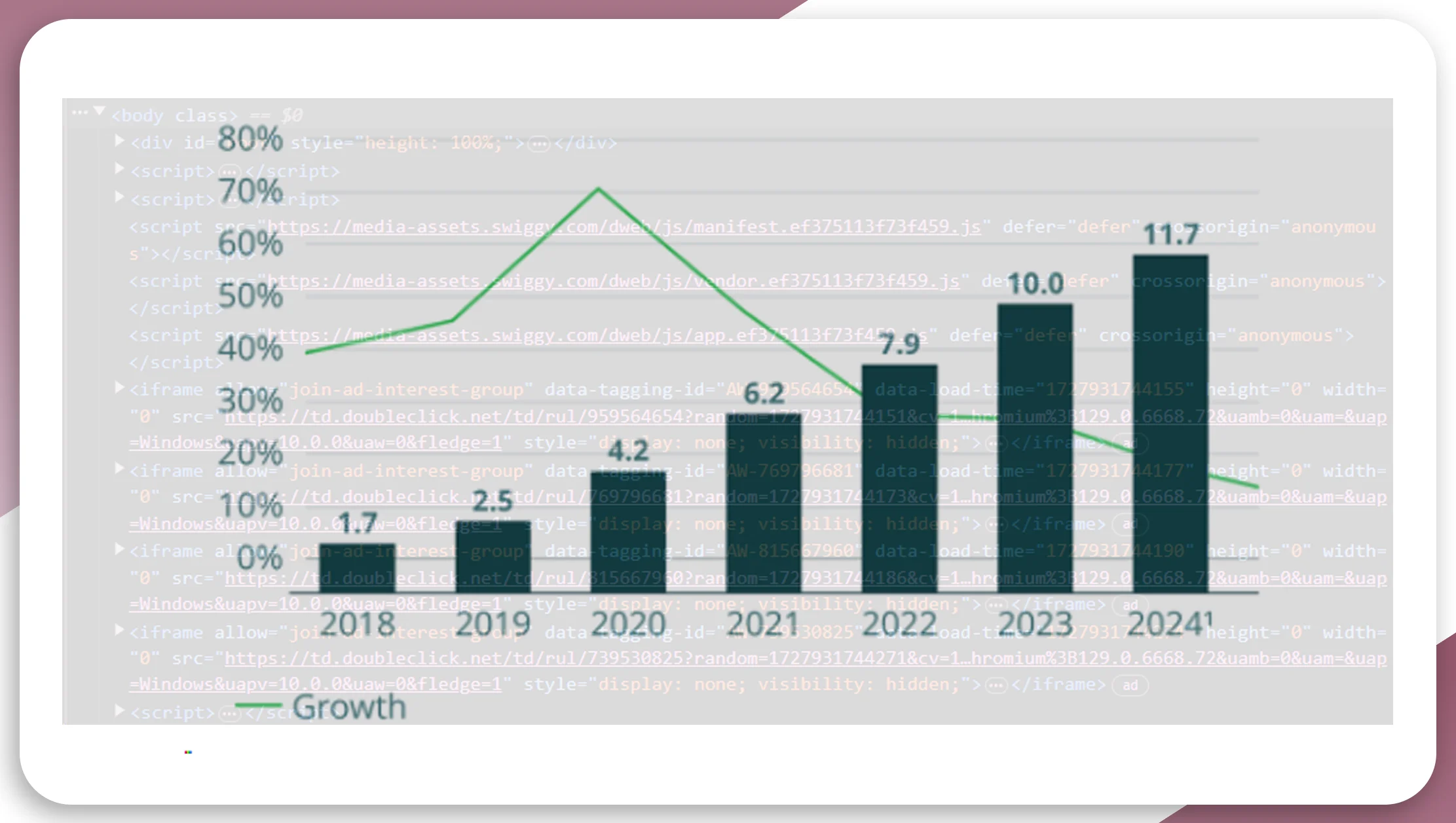
As technology advances, web scraping food aggregators will become an even more powerful tool for predicting food trends. The integration of machine learning and artificial intelligence with scraping tools will allow businesses to analyze data more efficiently, uncover deeper insights, and make more accurate predictions.
In 2024, the global online food delivery market is expected to grow by 12%, and with it, the demand for data insights from food aggregators will also rise. Predicting food trends will no longer be based solely on intuition but on real-time, data-driven decisions powered by food data scraping and API for restaurant data scraping.
Conclusion
In today’s data-driven market, predicting food trends is essential for staying competitive in the restaurant and food delivery sectors. Web scraping food aggregators provides businesses with invaluable insights into consumer behavior, emerging food trends, and pricing strategies. By leveraging tools like Restaurant data collection and menu extraction, companies can stay ahead of the curve and adapt to rapidly changing market dynamics.
Whether you’re a restaurant owner, food manufacturer, or market researcher, web scraping offers an innovative way to gain actionable insights into the world of food trends. The future of food trend prediction lies in data, and businesses that harness it will be best positioned for success.
Ready to unlock the potential of food trend data? Explore powerful food aggregator data scraping solutions from Real Data API and stay ahead in the dynamic food industry! Contact us today for a consultation!
















